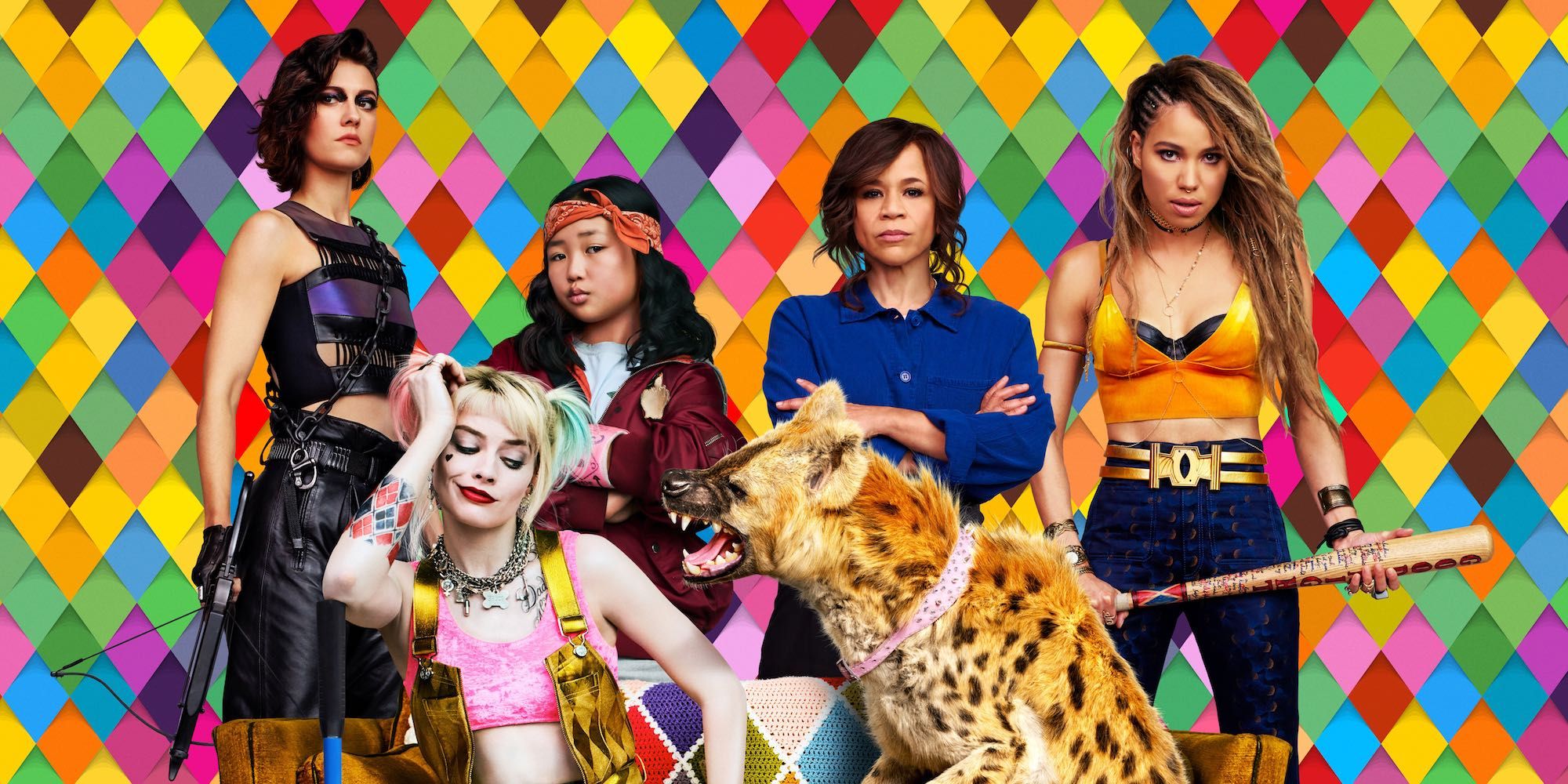Table of Contents Show
When you think of superhero movies, a certain type of film usually comes to mind. You think of capes and masks and battles of good versus evil, but Birds of Prey isn’t that. Birds of Prey breaks the mold of superhero movies. After leaving the theatre, my friends and I couldn’t stop talking about how we felt that this movie was made for us, though we couldn’t quite figure out why. We just knew that there was something different about the film that appealed to us in a way that other superhero movies, even ones we loved, didn’t.
The next day I went to class and realized my professor was explaining the very thing that my friends and I had been discussing in the car the night before and that it had a name; The Male Gaze. The Male Gaze has saturated the film industry, and Birds of Prey break away from that mold. The costuming and character choices in the movie all work to show a female perspective to the characters and the movie even uses its villain as an allegory for The Male Gaze to highlight how harmful it can be.
What Is ‘The Male Gaze?’
The concept of The Male Gaze, a term coined by Laura Mulvey, has been part of film studies and feminist theory for decades. The Male Gaze Theory states that film is traditionally made for the target audience of heterosexual men and that their needs as viewers are put first. Females on screen are often there to act as set pieces or plot pieces of a male character’s story rather than complex characters of their own (( Rachael Sampson, “Film Theory 101 – Laura Mulvey: The Male Gaze Theory,” Film Inquiry, May 21, 2020, accessed January 20, 2021, https://www.filminquiry.com/film-theory-basics-laura-mulvey-male-gaze-theory/) )). Despite this theory coming out so long ago, we still see many female characters put into simplified and objectified roles compared to their male counterparts. Action movies and comics have been especially beholden to this outdated method of constructing stories and are frequently criticized as such by female audiences.
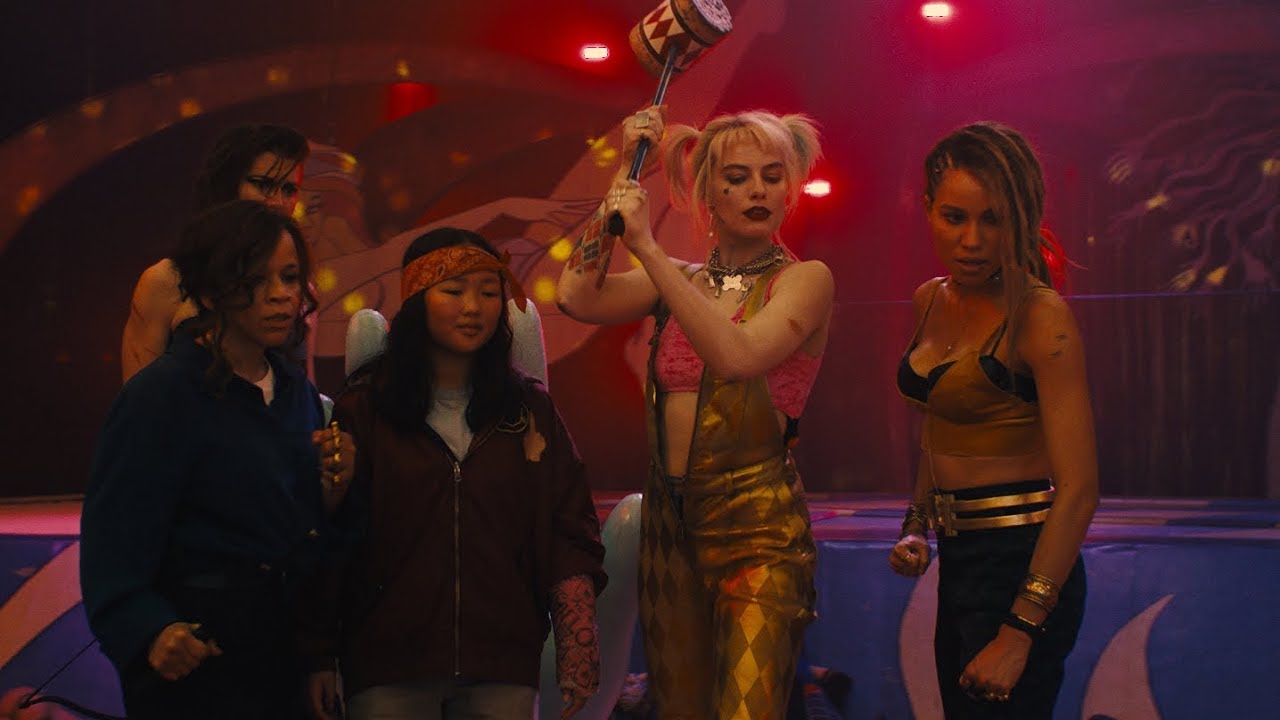
Despite falling into both of those categories, DC’s Birds of Prey breaks from the established model and offers a story that is largely free of the traditional Male Gaze through its costuming and storytelling. The lack of The Male Gaze in Birds of Prey is most clearly seen when one compares Harley Quinn in this movie to her previous appearance in Suicide Squad. In Suicide Squad, Harley Quinn’s story revolves around the Joker. She is defined by her boyfriend rather than as her own character and is not given any backstory or motivation that doesn’t get back to him. Put simply, if the Joker didn’t exist, neither could Suicide Squad’s Harley Quinn.
In contrast, Birds of Prey’s Harley Quinn is driven by a desire to establish herself and find her way without the Joker. Harley narrates the film, giving viewers intimate access to her thoughts and emotions. The movie begins with an animated backstory that tells us more about the character in two minutes than we learned in the entirety of Suicide Squad. Harley acts similarly in both movies, she dances in a club, she hits people, and she is clearly insane, but the way she is viewed and the reasoning behind the actions is very different. The difference between her characterizations isn’t the actions she takes; it’s that in Suicide Squad, she is doing so for the Joker or for the benefit of the male audience, and in Birds of Prey she is acting for her own enjoyment and interests. She isn’t an object of The Male Gaze; she’s just a character that happens to be female.
Costumes In Birds of Prey
Costuming is an essential tool in shaping the way an audience thinks about a character. Suicide Squad used Harley’s costuming to show off her body and reference the Joker rather than explaining anything about Harley’s abilities or personality and is a perfect example of The Male Gaze. In addition to being generally much more practical and comfortable in nature, Harley’s new costumes actively reject her link to the Joker. In Birds of Prey, we see Harley systematically replacing her Joker-centric costume pieces with things representing herself.
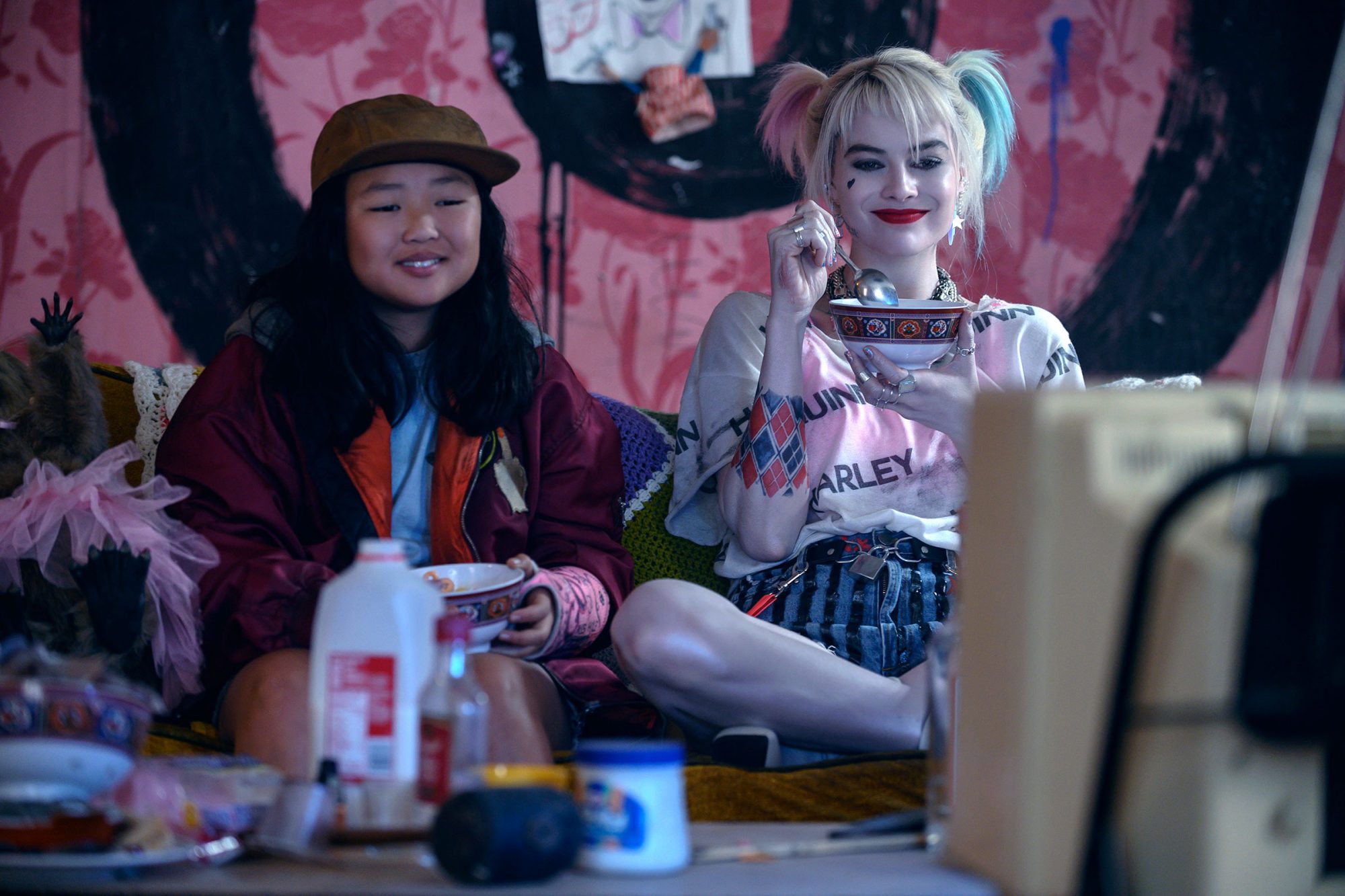
The most blatant example of this is the inciting incident of the film, when Harley throws her golden ‘J’ necklace, similar to the giant golden ‘Puddin’ collar from Suicide Squad, out of a moving car. The action itself is used to signal to the world that she is not Joker’s anymore but what replaces it is equally important. Birds of Prey replaced the golden Joker necklace with silver necklaces. At first, there is a single silver necklace with diamonds and stars, symbols of Harley’s comic book costume, but by the end of the movie, we also see a larger necklace carrying silver charms that include a woman’s body, the name of Harley’s new pet, and other personally significant objects.
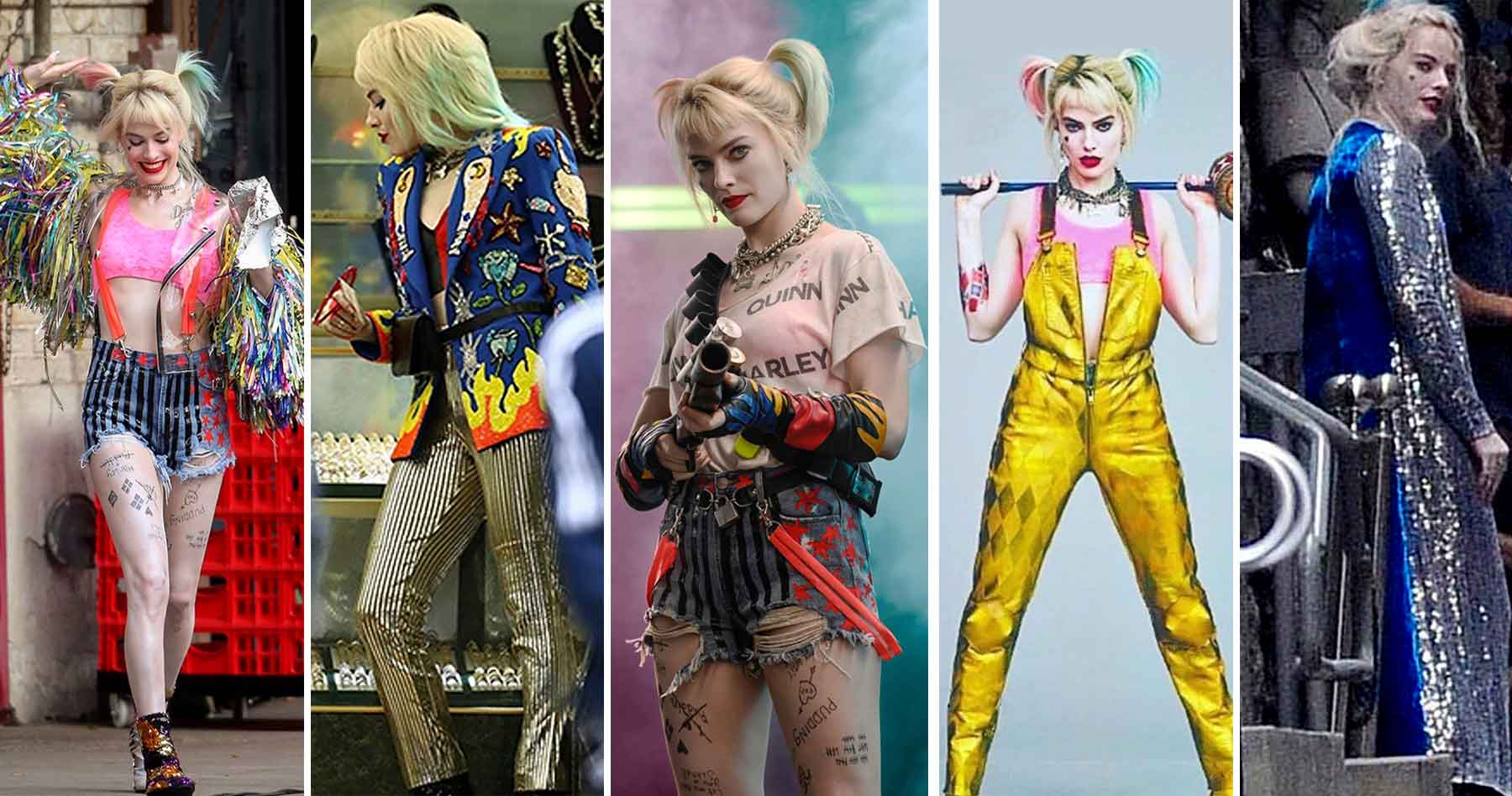
While in Suicide Squad, Harley wore gold accessories that represented the Joker; by the end of Birds of Prey, her costume has all but abandoned the gold accessories in favor of silver. Similarly, instead of wearing Suicide Squad’s ‘Daddy’s little monster’ t-shirt, halfway through the film, Harley wears a shirt covered in her own name, visually depicting that she is defined by herself rather than the Joker. Harley is even seen altering her tattoos, so they don’t refer to Joker anymore, crossing out his name or changing ‘Puddin’ to ‘Pudding Cups.’ In this way, Birds of Prey replaced all of the references that branded Harley as the Joker’s in the Suicide Squad costume, establishing her visually as her own character and reinforcing the message that in this film, she defines herself.
Black Mask As Symbolism For The Male Gaze
The Black Mask, also known as Roman Sionis, represents The Male Gaze and highlights how problematic it can be. This is especially true when one looks at him in relation to Black Canary. Canary starts her story in Birds of Prey in the same place most female characters find themselves in film, positioned in The Male Gaze. Her job is to be watched by Sionis and his guests, to entertain, not to move the story along. She is even introduced while singing ‘It’s a Man’s World.’
She is defined not by her talents but as Sionis’ singer, and often, Sionis’ and other men call her by pet names rather than her given name, a situation that echoes that of Harley in Suicide Squad. In this scenario, Sionis is The Male Gaze. He is objectifying her, and he defines her. This is further supported by the camera angles used while Canary is singing for Sionis. For most of the film, the camera angles highlight female characters’ faces and actions rather than their bodies.
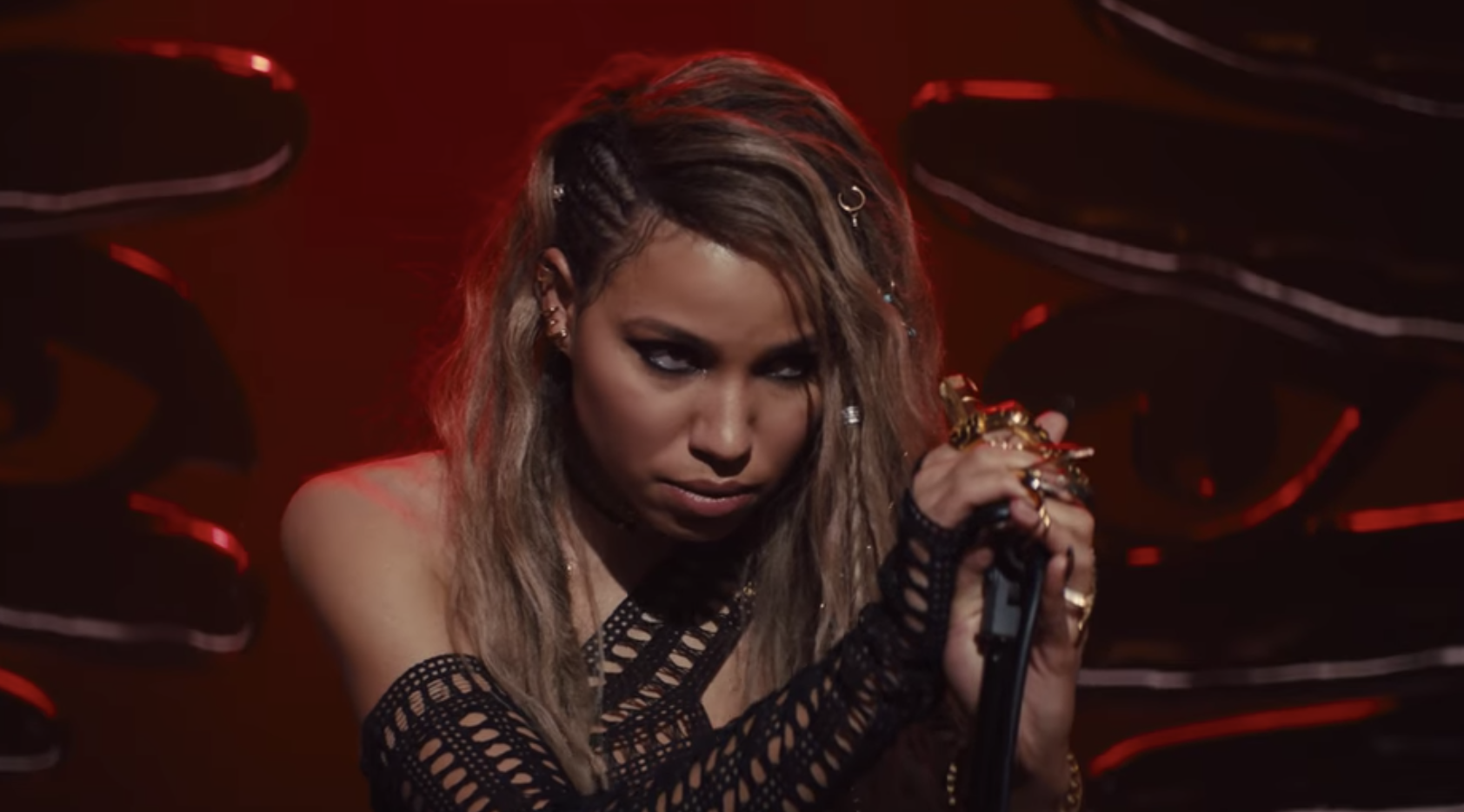
There are no unnecessary shots of their backsides, and they aren’t placed behind or below male characters as we so often see done to females in action movies. However, in Canary’s early scenes with Sionis, she is either placed behind him, visually trapped between giant models of his hands, or with him leering nearby. Once Canary is seen separate from Sionis and regains her own agency, she breaks out of the traditional camera angles and gets the same treatment as other characters, indicating that the reductive treatment reflects Sionis rather than Canary. Sionis, acting as The Male Gaze, completely changed how the character was represented to the audience. Once Canary was away from him, she was allowed her own agency, motivation, and story.
The Dangers Of The Male Gaze
One scene, in particular, uses Sionis to comment on the harmful nature of The Male Gaze. Just over halfway through the film, Sionis is in his club and overhears a woman, Erika, and her friends laughing. Despite being on the opposite side of the room, he assumes he is being laughed at and grows hostile. He makes Erika get on top of her table, dance and removes her clothing. The entire scene is purposefully uncomfortable, predatory, and highlights issues in film when The Male Gaze is employed. Just as The Male Gaze assumes men are the target audience, Sionis centered himself in a situation that objectively was not about him without hesitation or consideration for anyone else.
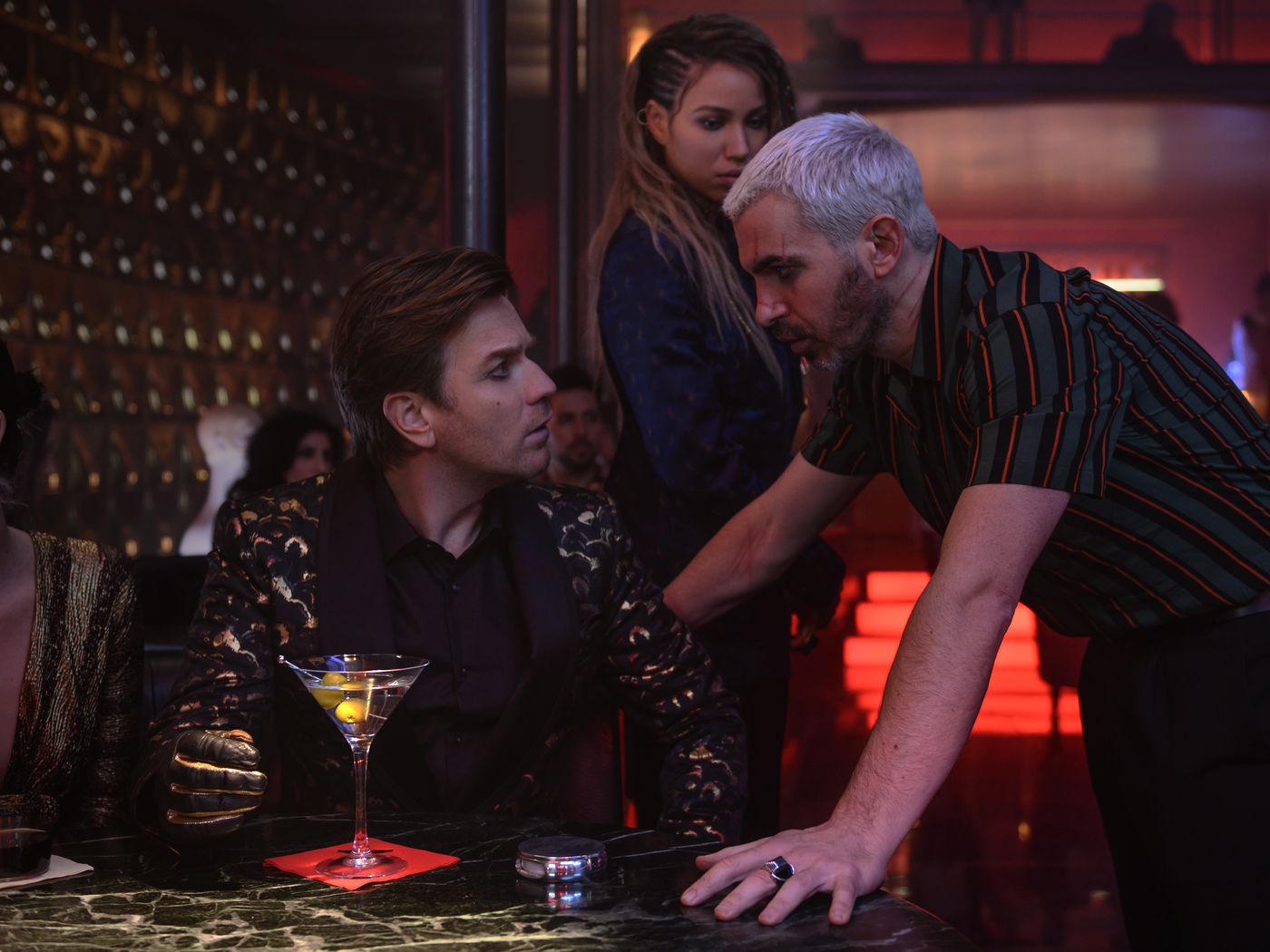
He ‘costumes’ Erika how he wishes regardless of her protests, which are made clear to the audience as the camera focuses on the woman’s face rather than her body. This ensures that even in a scene where the inciting incident is a woman’s exposure, the audience’s focus is always on her distress and the inappropriate nature of Sionis’ actions rather than offering her body up for viewing. This scene provides a parallel to the conversation surrounding hypersexualized female costumes in film due to The Male Gaze. It depicts how female voices on the subject are so often ignored by those who benefit from the situation.
Birds Of Prey Breaks the Mold
Despite being part of genres that so prolifically rely on The Male Gaze, Birds of Prey combats The Male Gaze continuously through its costume choices and story. The film allows its female characters to be defined through their own actions and abilities rather than act as ‘hypersexualized’ supports for male characters. Through its villain, it reminds us of how harmful The Male Gaze can be to the women it affects.
